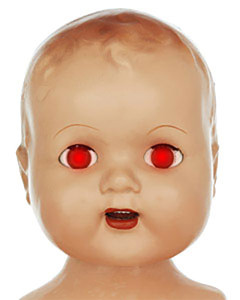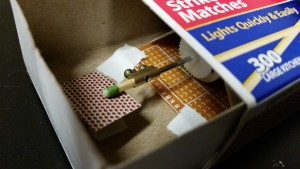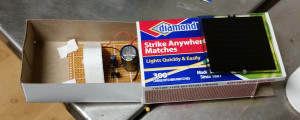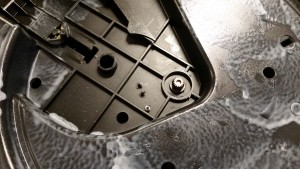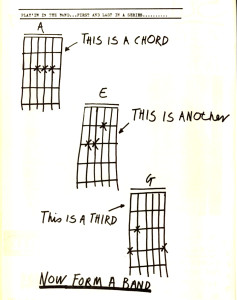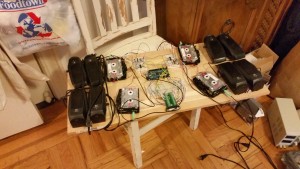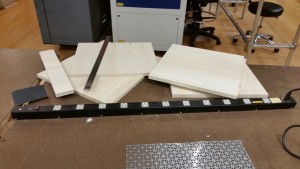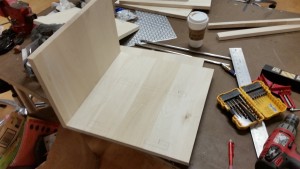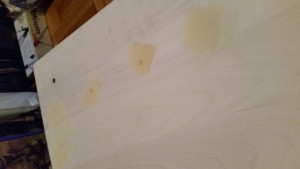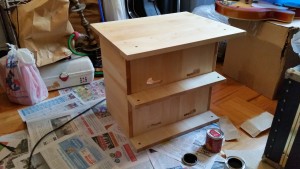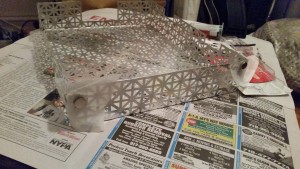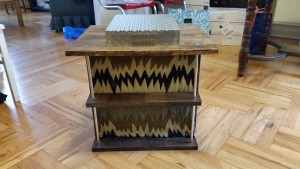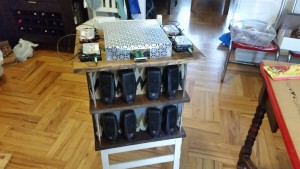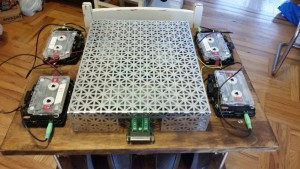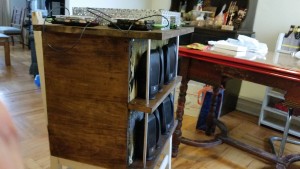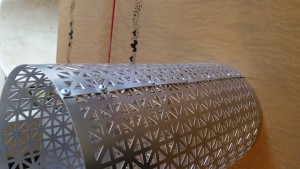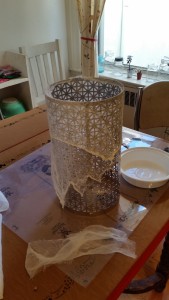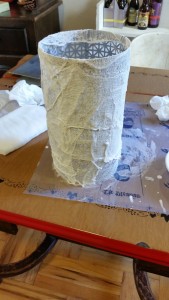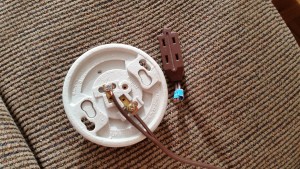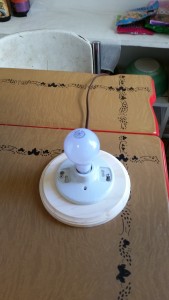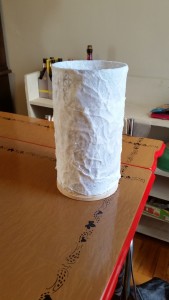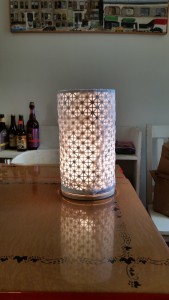Meet Lil’ Beelzebub, the adorable doll that shoots beams of pure evil from its eyes when you rub its hair!! No batteries required!
The more serious proposal is to create a working triboelectric nanogenerator (TENG) using strips of teflon and acrylic film, and demonstrate the concept by mounting it as the “hair” of a doll and using the power harvested from it to light up the doll’s eyes. I intend to build on the research of Professor Zhong Lin Wang’s group at Georgia Tech, who have published a number of papers on different methods of generating, harvesting and storing triboelectric energy.
I’m hesitant to propose a specific bill of materials at this point, as at least half of this project will be experimentation before the final piece is assembled, but at a minimum it will involve:
teflon film
acrylic film
copper foil
capacitors
LEDs
doll
As of right now, I have the teflon and acrylic films (as well as plenty of copper foil and a decent selection of capacitors) and am ready to begin experiments. My first main concerns are establishing that the process works as I think it does, and secondarily, figuring out how to integrate the triboelectric surfaces with the electrodes. Then I will move on to harvesting and storage systems (paying special attention to the very high transient voltages that are likely to be generated) and finally construction of the doll itself. My goal is to have informed answers to the first two questions by next week, and then proceed based on that information.
Further reading on TENGs:
http://nanoscience.gatech.edu/paper/2014/14_FD_01.pdf
http://www.nanoscience.gatech.edu/paper/2013/13_ACSN_08.pdf
http://www.nature.com/ncomms/2016/160311/ncomms10987/full/ncomms10987.html

